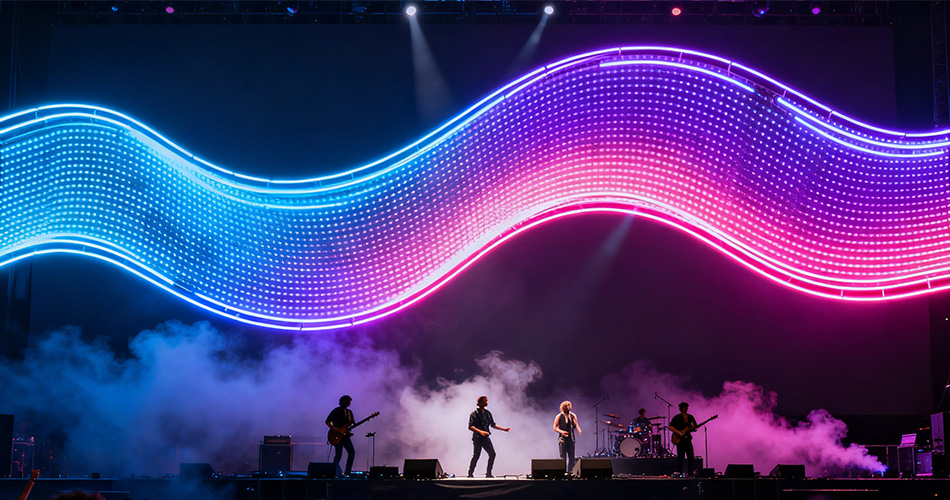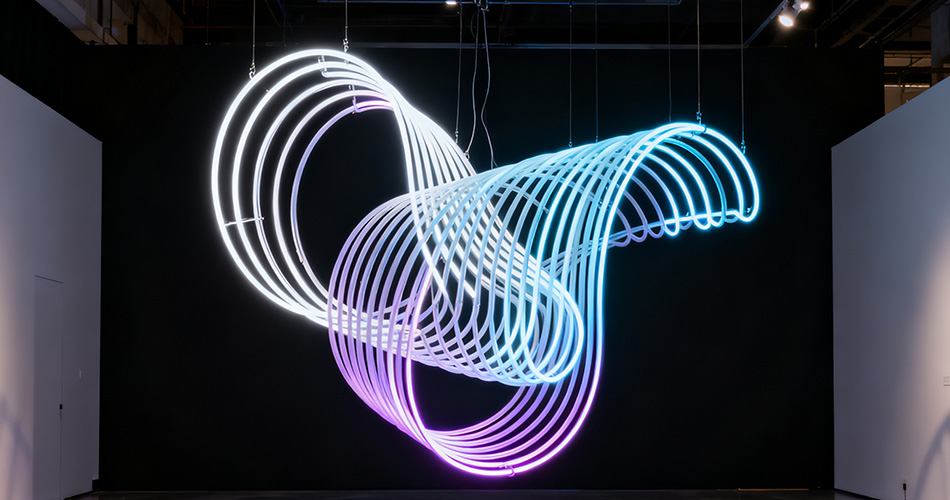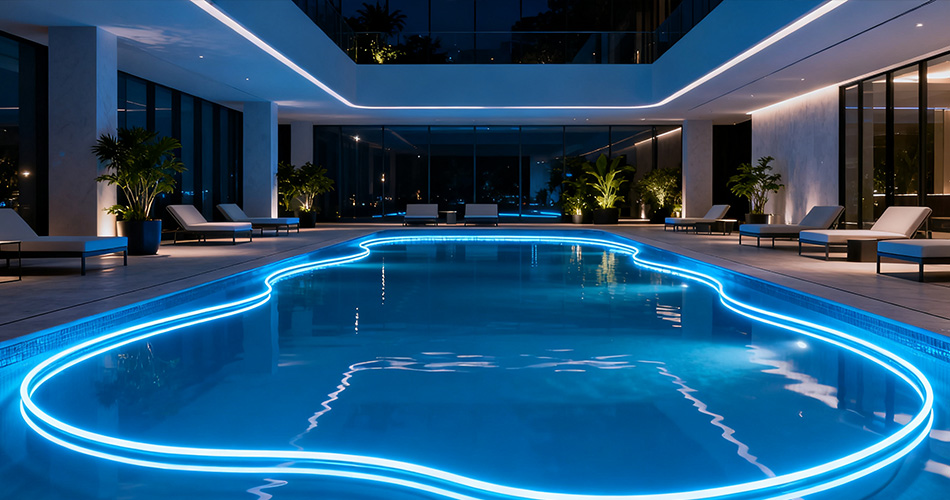Time:2025-11-14
In the realm of architectural design, lighting is no longer just a functional necessity—it’s a medium that shapes how we perceive space, form, and identity. Bendable neon for architectural lighting has emerged as a transformative tool for architects, designers, and urban planners, offering unparalleled flexibility to highlight structural beauty, define spatial boundaries, and infuse buildings with character. Unlike rigid lighting fixtures that clash with organic or curved architectures, this versatile neon bends seamlessly to the contours of any structure—from sweeping arches and domed ceilings to angular facades and winding corridors. As a core component of LED lighting products, bendable neon for architectural lighting leverages the pliability of LED silicone strip lights and the luminous warmth of LED neon strip lights, elevating residential, commercial, and public buildings into visual landmarks.
The greatest strength of bendable neon for architectural lighting lies in its ability to honor a building’s inherent form, turning structural lines into glowing design statements. Traditional rigid lighting often struggles to follow curved or irregular architectures—leaving gaps, creating harsh shadows, or disrupting the building’s visual flow. Bendable neon eliminates these limitations: it wraps smoothly around Roman arches in historic buildings, follows the sweeping curves of modernist domes, and traces the angular edges of contemporary skyscrapers. For example, a boutique hotel with a curved glass facade can line its perimeter with warm-white bendable neon, emphasizing the building’s fluid silhouette against the night sky. A historic theater might use colored bendable neon to highlight its ornate proscenium arch, merging preservation with modern allure. Even residential homes benefit—bendable neon traces the outline of gabled roofs, window casings, or outdoor pergolas, turning ordinary exteriors into distinctive nighttime features. This contour lighting doesn’t just illuminate buildings; it celebrates their unique design language.

Bendable neon for architectural lighting is a powerful tool for defining spatial hierarchy, guiding movement, and manipulating how we perceive scale. In large public spaces like museums or shopping malls, it can delineate pathways along curved corridors, drawing visitors through exhibits or retail zones without the need for intrusive signage. In open-plan commercial lobbies with high ceilings, suspended bendable neon installations create horizontal focal points, reducing the feeling of vastness and adding intimacy. For outdoor plazas or urban parks, it can outline seating areas, walkways, or water features, turning expansive spaces into human-scaled zones. Even in residential interiors, it shapes perception: a bendable neon strip along the edge of a floating staircase adds depth to a two-story foyer, while curved neon along a bedroom’s vaulted ceiling softens the room’s height. By working with a building’s geometry, bendable neon transforms abstract space into meaningful, navigable environments.

Bendable neon for architectural lighting transcends design trends, adapting seamlessly to buildings of every era and style. For modern minimalist structures, thin, monochromatic bendable neon strips add subtle drama without cluttering clean lines—perfect for concrete facades or floor-to-ceiling windows. Historic buildings benefit from its ability to complement traditional details: warm amber neon traces the stone mullions of a Gothic Revival church, or soft white neon highlights the terracotta ornamentation of a Victorian home. Contemporary mixed-use developments often blend styles, using bendable neon to bridge old and new—for example, a renovated industrial warehouse with exposed brick walls and curved neon accents that echo its factory heritage. Even avant-garde architectures thrive: bold, colored bendable neon wraps around deconstructivist buildings, emphasizing their unconventional angles and forms. This style versatility ensures that bendable neon doesn’t just fit a building—it enhances its unique identity.

Architectural lighting demands products that withstand the test of time, and bendable neon for architectural lighting delivers with commercial-grade durability. Encased in rugged LED silicone strips, it resists moisture, UV radiation, and temperature fluctuations—making it suitable for outdoor installations that brave rain, snow, and extreme heat. Indoor applications benefit from its scratch-resistant, impact-proof design, which holds up to high foot traffic in public buildings or daily use in homes. Unlike fragile glass neon or rigid LED fixtures that crack under structural movement (e.g., building settling), bendable neon maintains its integrity and glow for decades. Its low heat emission also protects building materials—preventing warping of wood, fading of paint, or damage to delicate stonework. For architects and building owners, this durability means a long-term investment: lighting that retains its beauty and performance as the building ages.
Bendable neon for architectural lighting doesn’t operate in isolation—it integrates harmoniously with other LED products to create cohesive, layered lighting schemes. Pair it with LED modules for dynamic effects: a skyscraper’s facade where bendable neon outlines shift color in sync with programmable LED fixtures, creating a synchronized nighttime display. Combine it with waterproof LED silicone strip lights for aquatic architectural features—like curved neon around a hotel’s infinity pool or fountain, where the glow reflects off water for a mesmerizing effect. In commercial buildings, it works with LED electronic signs to reinforce brand identity: a corporate headquarters with a bendable neon logo outline above the entrance, paired with LED LED signs for wayfinding. For smart buildings, it syncs with building management systems, allowing for automated dimming, color changes, or energy-saving schedules. This synergy turns individual lighting elements into a unified system that enhances both aesthetics and functionality.
In conclusion, bendable neon for architectural lighting has redefined how we illuminate and experience buildings, merging flexibility, durability, and style to honor architectural form. It turns structural lines into glowing narratives, shapes spatial perception, adapts to every design era, and integrates seamlessly with modern LED systems. As part of a comprehensive LED product lineup—including LED neon signs, LED fixtures, and LED modules—it offers architects and designers endless possibilities to elevate buildings from functional structures to memorable landmarks. Whether lighting a historic theater, a modern skyscraper, or a residential home, bendable neon for architectural lighting proves that the right light doesn’t just brighten a building—it brings its soul to life.